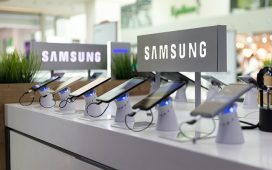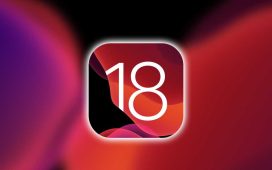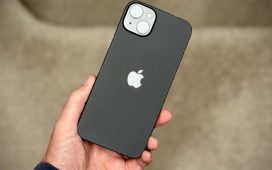The upcoming solar eclipse on April 8, 2024 will offer residents of southern Ontario a once-in-a-lifetime opportunity to personally witness this “cosmic ballet” (to quote the late Leonard Nimoy from his appearance on “The Simpsons”) in all of its glory. After all, Ontario won’t be in the path of another total solar eclipse until Oct. 26, 2144.
Given the rarity of the spectacle, you might be tempted to capture a few images of this celestial phenomenon on your cellphone’s camera — especially if you happen to be in an area at, or near, totality during the event — but if we know looking directly at the sun is hazardous for our eyes is it safe for your device’s image sensor?
Is it safe to photograph the solar eclipse with my smartphone?
A seemingly simple question, with a seemingly complicated answer. Two of the largest smartphone manufacturers — Apple and Samsung — didn’t answer our questions on this subject and there’s a lot of conflicting information available online. Some sources say snapping a few shots of the eclipse is fine, while others suggest doing so will leave you with a damaged cellphone camera and a “neat” story about how you wrecked your phone’s image sensor trying to photograph the 2024 eclipse.
That said, NASA’s 2024 eclipse website’s FAQ section directs questions regarding the eclipse and smartphone photography to the American Astronomical Society’s page which says that you can take photographs of the eclipse with your cellular device, provided you make use of a solar filter over the lenses to protect them. They also link to some sources selling filters with the kind of protection you should look for.
Speaking of which, if you’re going to be trying to align your phone to take photos of the eclipse as it happens, don’t forget to procure some eye protection for yourself as well. Ideally, you’ll want to snag some ISO 12312-2-certified glasses or viewer(s) to avoid injury.
You can read this article to learn more about how to protect your eyes during the eclipse. According to several sources, including the Royal Astronomical Society of Canada, it is only considered “safe” to shed your solar protection during the total eclipse of the sun and only if you are in the path of totality. The eclipse is expected to begin in southern Ontario around 2 p.m., peak at 3:20 or so and will conclude by about 4:30.
Even if you are in the path of totality, some ophthalmologists warn against removing your solar glasses or viewer at all during the event as the total eclipse of the sun can only be measured in seconds or minutes, depending on where you are located, and it can be difficult to tell exactly when you’re safe to remove your eye protection and when you should put it back on to avoid damaging your vision.
Should I photograph the eclipse with my smartphone?
That’s ultimately up to you, but if that’s your plan the first thing you’ll want to do is be realistic with your expectations. Chances are your cellphone’s camera isn’t going to be able to capture an image on par with professional photographers using top-notch equipment.
Even so, Appleinsider.com recently published an article detailing how you can boost your chances of capturing a respectable photo of the eclipse. Their advice is to grab one of the aforementioned solar filters, to protect your device’s camera, use that along with a zoom lens attachment — ideally with 12x to 18x optical capability — and then get your hands on a tripod to ensure maximum stability. Even a slightly shaky hand could ruin what might have been a stellar image.
Once you’ve acquired the recommended gear, you can practise for the main event by taking photos of the sun (using the solar filter) and the moon using various settings to determine what works best with your smartphone and photography app of choice.
Where can I get some more information?
If you’d like to read up more on smartphone photography and the eclipse, check out the sites below:
https://eclipse.aas.org/imaging-video/images-videos
https://science.nasa.gov/eclipses/future-eclipses/eclipse-2024/safety/
https://eclipse2017.nasa.gov/smartphone-photography-eclipse
https://www.washingtonpost.com/technology/2024/03/24/how-to-take-pictures-eclipse-phone/








